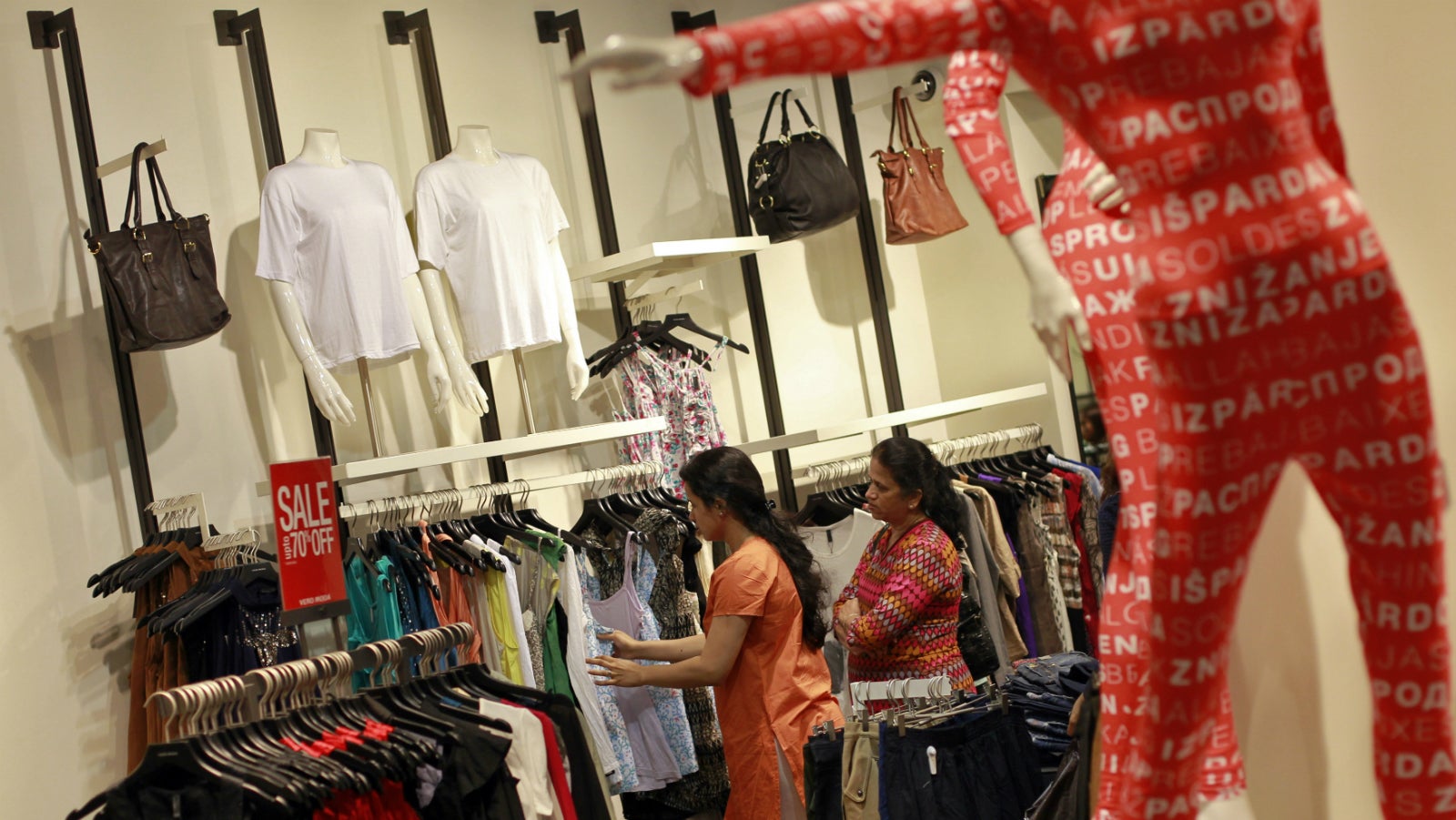Indian shopaholics in search of global brands are better off flying to Jakarta or Ho Chi Minh City
Despite the hype around foreign brands entering the country, here’s the bitter truth: Indian cities have a long way to go before offering shoppers access to the world’s biggest brands.


Despite the hype around foreign brands entering the country, here’s the bitter truth: Indian cities have a long way to go before offering shoppers access to the world’s biggest brands.
India’s biggest cities performed abysmally in a survey by real-estate consultancy Jones Lang LaSalle, which mapped the presence of top global brands in 140 cities. Delhi, Mumbai, and Bengaluru ranked at 92, 109, and 126, respectively, reflecting the absence of many of the 240 global brands that the survey tracked. These include fashion, food, supermarket and electronics brands, among others.
London tops the list, while three Chinese cities show up in the top 10. Even a clutch of southeast Asian cities are ranked significantly higher than India’s largest metropolises. The Thai capital of Bangkok, for instance, is ranked 13. Indonesia’s Jakarta is at 24, while the capital of Philippines, Manila is at 29, and Vietnam’s Ho Chi Minh City is ranked at 37.
India’s low rankings underscore the government’s sluggishness in making the country’s $600-billion retail sector more investor-friendly. Many large foreign brands, including Walmart, Apple, and IKEA, have spent years negotiating with the government to open owned stores in India.
Policy backlog
India eased the rules for foreign retailers such as IKEA and Walmart only in 2012. Before that, supermarket chains such as Walmart and Tesco, defined by the government as multi-brand retailers, could only invest in wholesale stores (that sell goods to large businesses and not end consumers). Single-brand retailers such as Tommy Hilfiger and Puma could enter the market only through local partners.
But with India seeking to create jobs and boost economic growth, the incumbent Narendra Modi-led BJP government further liberalised the policies over the last two years.
Investment apart, foreign firms are eager to cash in on the demographic dividend in Asia’s third-largest economy. India has the world’s youngest population and a burgeoning middle-class, making it attractive for consumer-focussed companies.
That is why, ever since they were allowed to invest directly in the market in 2012, Swedish retailers H&M and IKEA have been busy expanding their footprint. While H&M wants to double its store-count to 12 by the end of the current year, IKEA plans to add 25 stores over the next decade. Some of America’s largest retailers, including GAP, Aeropostale, and Kate Spade, besides Japan’s Muji, have also recently opened shop in India.